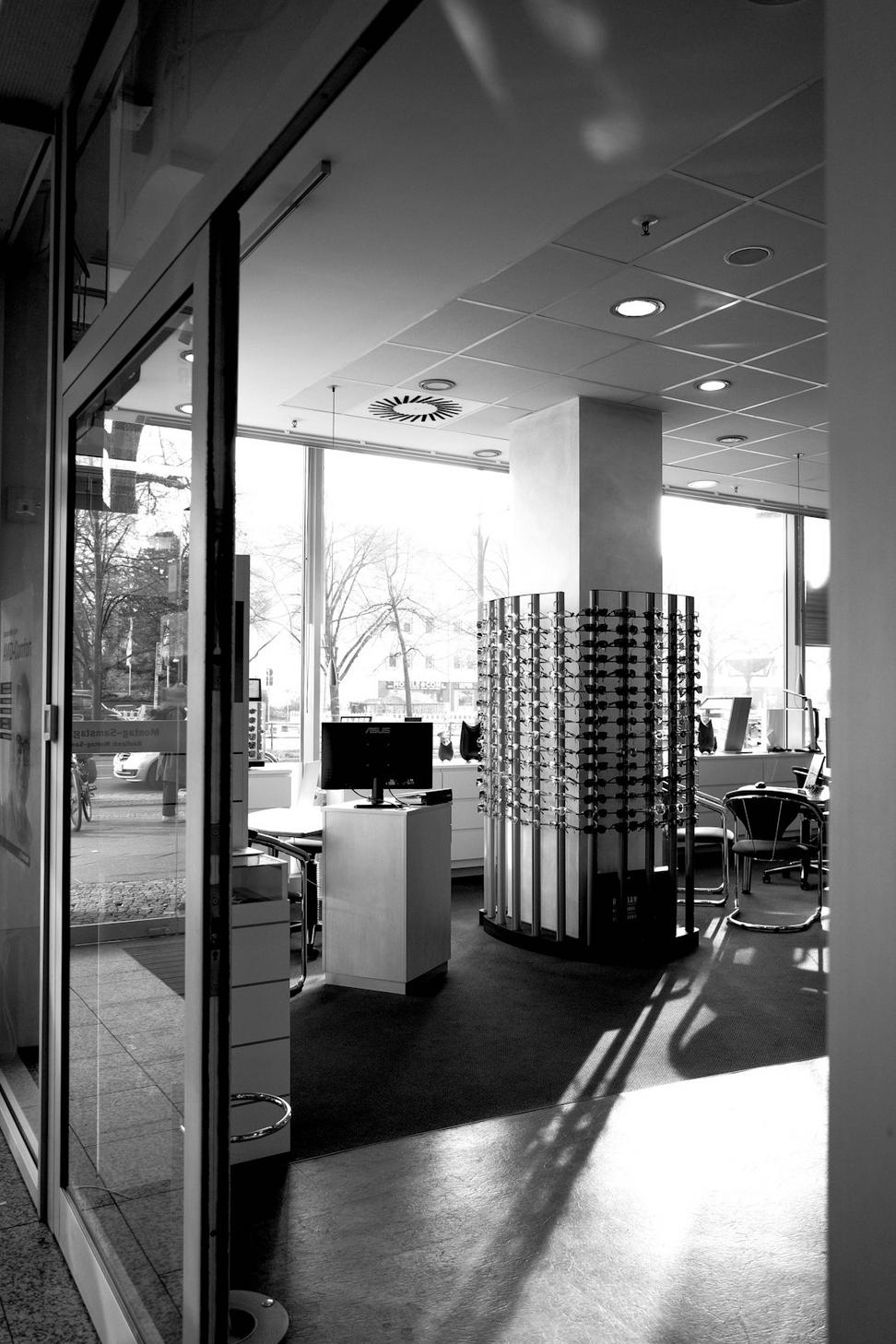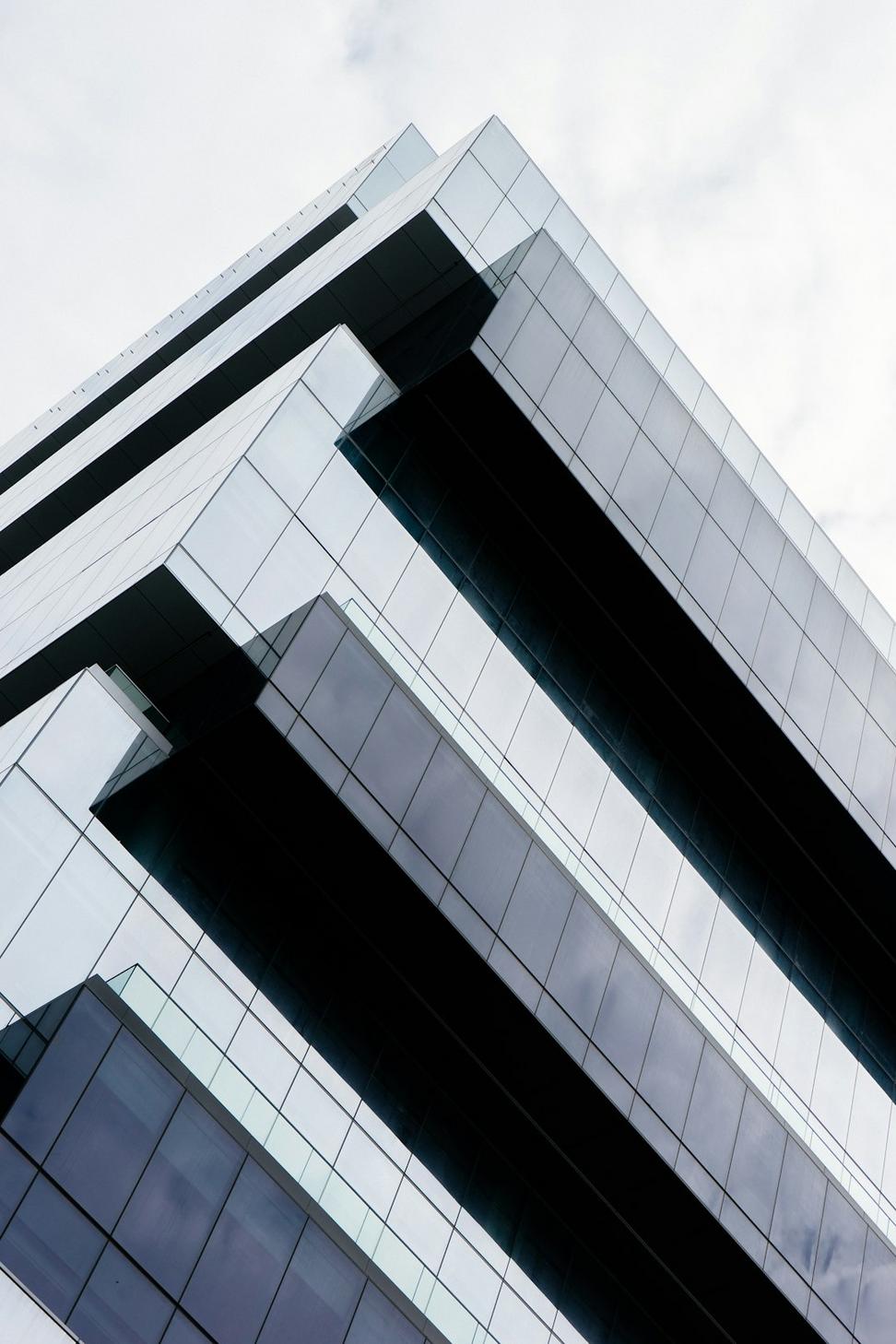We don't just design buildings...
...we shape environments where people actually want to spend their time. Started back in 2009 when three of us couldn't find work that felt meaningful during the recession, Dusk Renval Quinth became our answer to an industry that seemed stuck in either ego-driven statements or cookie-cutter developments.
Honestly? We're tired of architecture that looks impressive in magazines but feels cold in person. There's gotta be a middle ground between "starchitect showpiece" and "profitable but soulless," right? That's what keeps us going.
87+
Projects

The Origin Story (Without the Fluff)
Marcus Dusk was doing residential work that paid the bills but bored him silly. Sonya Renval had just left a corporate firm where "sustainable" meant slapping some solar panels on whatever and calling it a day. And I—Tobias Quinth—was teaching and watching students get excited about ideas that'd never see daylight in traditional practices.
We met at a sustainability conference in Vancouver (yeah, I know, typical) but instead of networking we spent the whole time complaining about what wasn't working. By the end we'd sketched out what would become DRQ on cocktail napkins. Those napkins are framed in our office now—not because we're sentimental, but because they remind us why we started.
16
Years Strong
What Actually Drives Us
Look, every firm says they're client-focused and sustainable. We probably can't avoid saying it either. But here's the thing—we've turned down projects that would've been profitable because they wanted us to greenwash or compromise on things that mattered.
Buildings outlive us. They're gonna be around when we're not, affecting people we'll never meet. That weight sits with us on every project, from a single-family home to a mixed-use development. It's pressure, sure, but it's also kinda thrilling.
How We Got Here
2009 - The Beginning
Three architects, one shared studio space in Liberty Village, and more idealism than sense. First project was a friend's loft renovation—we probably lost money on it but learned everything about what we actually valued.
2012 - First Commercial Break
Landed a small retail space in Kensington Market. The owner wanted "eco but not boring" which became our unofficial tagline for years. That project got photographed, shared, and suddenly we had a waiting list.
2015 - Growing Pains
Hired our first three team members. Learned that running a firm is wildly different from being good at design. Nearly imploded but figured it out—mostly by admitting what we didn't know and finding people who did.
2018 - Heritage Pivot
Got asked to restore a 1920s warehouse. Fell in love with the challenge of honoring history while making spaces work for now. Added heritage restoration as a service and haven't looked back.
2023 - New Digs
Moved to Adelaide West. Designed our own office as a living lab for the ideas we pitch clients—passive cooling, reclaimed materials, flexible spaces. We work in our portfolio piece daily.
2025 - Today
Team of 14 amazing humans. Still picky about projects. Still arguing about details. Still excited when a client gets what we're trying to do. Still figuring it out, honestly.
14
Team Members
Sustainability That's Real
Not just LEED points or buzzwords. We're talking about lifecycle thinking, material honesty, and designs that'll adapt instead of being torn down in 20 years. Also, we'll tell you when your "eco" idea is actually worse for the environment—it happens more than you'd think.
Human-Scale Thinking
Buildings are for people, not Instagram. How does morning light hit that kitchen counter? Where do teenagers go when they need space from family? Can you find your way without signage? These aren't small details—they're everything.
Context Matters
A building in Toronto's got different needs than one in Thunder Bay or Victoria. Climate, culture, neighborhood character—ignoring these makes generic architecture that could be anywhere, which is basically nowhere.
Honest Conversations
We're gonna tell you when something won't work, when budget needs adjusting, or when your Pinterest board is pulling in twelve different directions. Not to be difficult—because surprises during construction cost way more than honest talks upfront.
The Team Reality
We're not gonna list everyone with fancy titles and credentials—you can see that stuff on LinkedIn. What matters is we've built a team that genuinely likes each other, argues productively, and cares way too much about getting things right.
Our project managers keep the founders from getting too lost in theory. Our junior architects ask "why" enough to keep us honest. Our admin staff saves us from ourselves regularly. It's collaboration that isn't forced or performed—it's just how we work.

Working With Us
First meeting? We listen more than we talk. We'll ask about how you live or work, not just what you want the building to look like. Sometimes we'll push back on ideas—not because we're stubborn, but because we've seen what works and what's gonna frustrate you in six months.
Projects take time. Good ones take even longer. We're not the fastest firm in Toronto, but we're thorough. Every detail gets attention, every material gets questioned, every space gets tested in our heads a hundred times before it's built.
What's Next For Us
We're exploring modular systems that don't look modular. Diving deeper into retrofit and adaptive reuse because tearing down functional buildings feels increasingly wrong. Probably gonna make some mistakes along the way—we usually do—but that's how you figure out what actually works.
If you've read this far, you probably get what we're about. Or you're really bored. Either way, thanks for sticking around. If any of this resonates, we should talk—coffee's on us at our Adelaide studio.